Data centers are the backbone of many businesses, providing a secure platform for resources and data to be stored. But with ever-changing tech trends, traditional data centers have become outdated and inefficient. To take full advantage of new technologies, companies must explore alternative solutions – like hybrid data centers.
What is a Hybrid Data Center?
A hybrid data center combines traditional on-premises infrastructure with cloud resources, allowing organizations to reap the benefits of both models at once. This type of data center brings together physical servers and virtualized storage with cloud computing features such as scalability and flexibility. With the ability to switch between on-site or cloud management at will, a hybrid model can easily adapt to changing needs.
Benefits of Hybrid Data Centers
The primary benefit of a hybrid data center is the ability to increase cost savings while still staying on top of technology trends. By leveraging cloud resources, companies can reduce operational costs and take advantage of pay-as-you-go pricing options. Additionally, hybrid data centers are scalable, allowing businesses to quickly adjust their resource usage when needed. They also provide increased security and better performance than traditional on-site systems, with added redundancy measures in cases where hardware fails or suffers downtime.
Making the Switch
Switching from a traditional data center to a hybrid model doesn’t have to be complicated. The first step is to assess your company’s current needs and develop a plan to migrate your data and applications from on-site to the cloud. A good strategy is to start small by moving select resources and services, then gradually scale up over time. This will give you a better understanding of how your hybrid system works and allows you to adjust accordingly.
Optimizing Your Hybrid Data Center
Once you’ve made the switch, it’s important to optimize your hybrid data center for maximum performance. Start by analyzing your current usage patterns in order to identify any bottlenecks or areas that are underperforming. You should also consider implementing automation solutions, such as AI and machine learning, which can help streamline processes and improve resource utilization. Additionally, make sure all security measures are up-to-date and regularly review your data storage plans to ensure you’re always getting the best value for your money.
Conclusion
The hybrid model offers many advantages over traditional data centers, from increased cost savings to better performance and scalability. With the right strategy, companies can easily make the switch and start taking advantage of cloud features while still leveraging their existing on-site infrastructure. By optimizing their hybrid systems, businesses can get maximum value out of their data center investments and stay ahead of emerging tech trends.
At AiNET, we provide comprehensive IT solutions to meet your needs. Our services include colocation, cloud storage, and fiber optics network – all under one roof. We make it easy for you to plan and manage your IT infrastructure so that you can focus on what matters most. Contact us today to learn more!
